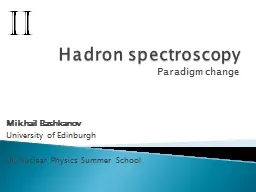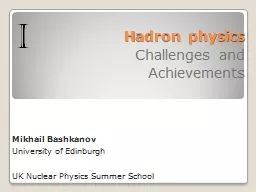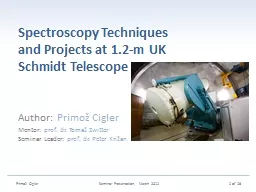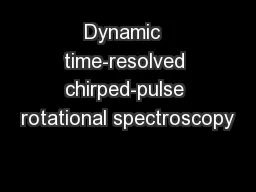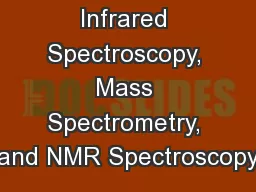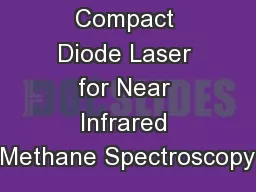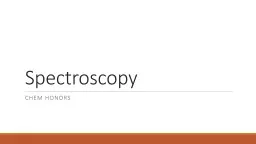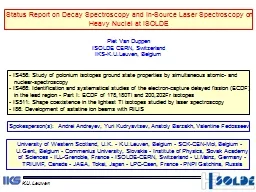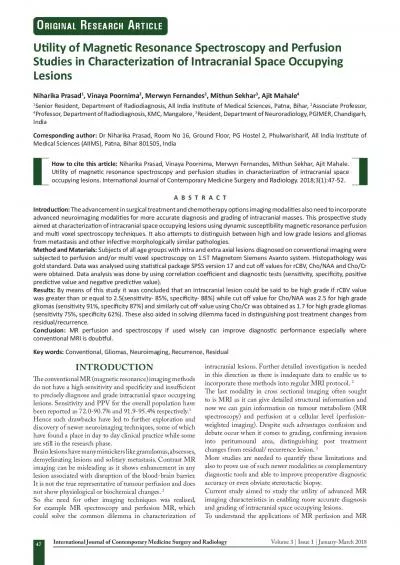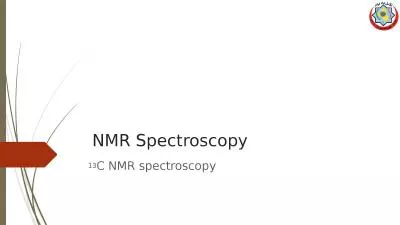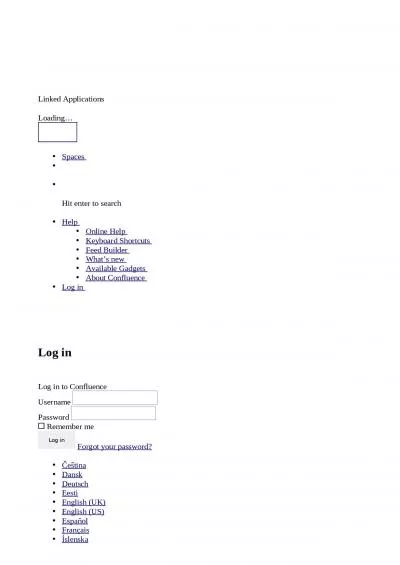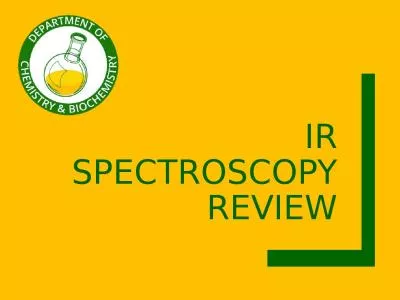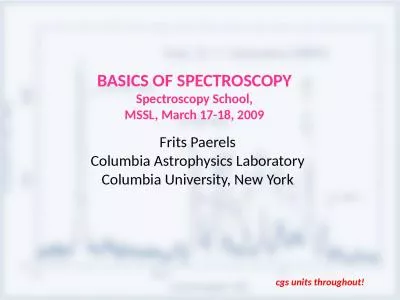PPT-Hadron spectroscopy
Author : debby-jeon | Published Date : 2016-10-16
Paradigm change Mikhail Bashkanov University of Edinburgh UK Nuclear Physics Summer School II Naïve quark model N puzzle Molecular states Exotics Tetraquarks Pentaquarks
Presentation Embed Code
Download Presentation
Download Presentation The PPT/PDF document "Hadron spectroscopy" is the property of its rightful owner. Permission is granted to download and print the materials on this website for personal, non-commercial use only, and to display it on your personal computer provided you do not modify the materials and that you retain all copyright notices contained in the materials. By downloading content from our website, you accept the terms of this agreement.
Hadron spectroscopy: Transcript
Download Rules Of Document
"Hadron spectroscopy"The content belongs to its owner. You may download and print it for personal use, without modification, and keep all copyright notices. By downloading, you agree to these terms.
Related Documents

